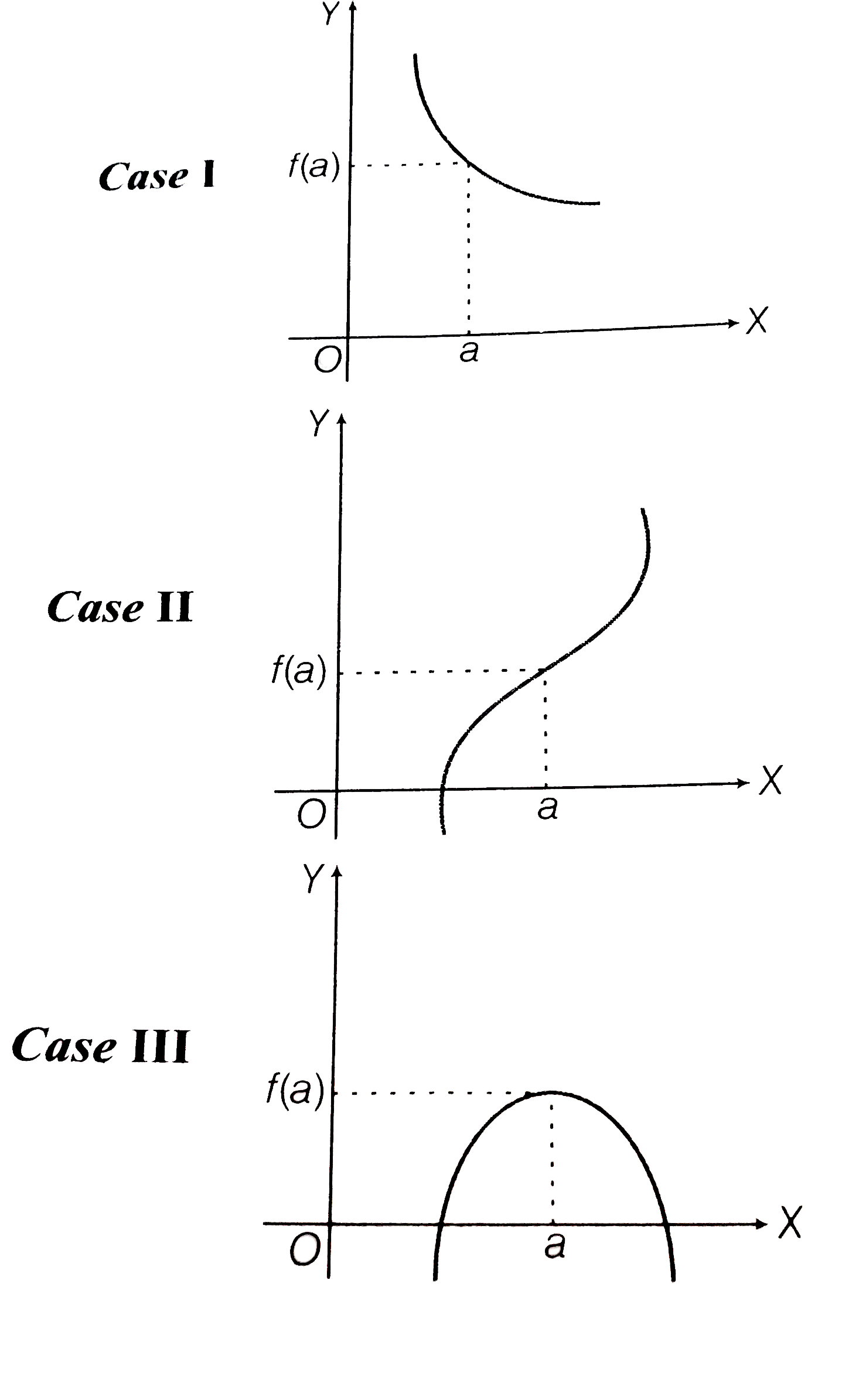Statement 1 limx→π/2sin(cot2x)(π−2x)2=12
Statement 2: limθ→0sinθθ=1 and limθ→0tanθθ=1, where θ is measured in radians.Solution in Punjabi
Statement 1 is true, Statement 2 is true, Statement 2 is correct explanation for statement 1.
Statement 1 is true, Statement 2 is true, Statement 2 is not the correct explanation for statement 1.
Statement 1 is true, Statement 2 is false
Statement 1 is false, Statement 2 is true
The correct Answer is:A, B, D
Step by step video & image solution for Statement 1 lim_(x to pi//2)(sin(cot^(2)x))/((pi-2x)^(2))=1/2 Statement 2: lim_(theta to 0)(sin theta)/(theta)=1 and lim_(theta to 0)(tan theta)/(theta)=1, where theta is measured in radians. by Maths experts to help you in doubts & scoring excellent marks in Class 12 exams.
Updated on:21/07/2023Topper's Solved these Questions
- LIMITSBOOK - ARIHANT MATHSCHAPTER - LIMITSEXERCISE - SOLVED EXAMPLES
1 Videos
- LIMITSBOOK - ARIHANT MATHSCHAPTER - LIMITSEXERCISE - Exercise (Single Option Correct Type Questions)
38 Videos
- INVERSE TRIGONOMETRIC FUNCTIONSBOOK - ARIHANT MATHSCHAPTER - INVERSE TRIGONOMETRIC FUNCTIONSEXERCISE - Exercise (Questions Asked In Previous 13 Years Exam)
8 Videos
- LOGARITHM AND THEIR PROPERTIESBOOK - ARIHANT MATHSCHAPTER - LOGARITHM AND THEIR PROPERTIESEXERCISE - Exercise (Questions Asked In Previous 13 Years Exam)
4 Videos
Similar Questions
To evaluate limx→a[f(x)], we must analyse the f(x) in right hand neighbourhood as well as in left hand neighbourhood of x=a. E.g. In case of continuous function, we may come across followign cases.


Iff(a) is an integer, the limit will exist in Case III and Case IV but not in Case I and Case II. If f(a) is not an integer, the limit exists in all the cases. ltbgt If f'(1)=−3 and limx→1[f(x)−12] does not exist, (where [.] denotes the greatest integer function), then
View Solutionlimx→0sin(πcos2(tan(sinx)))x2 is equal to
View SolutionIf α=3sin−1(611andβ=3cos−1(49), where the inverse trigonometric functions take only the principal values, then the correct options (s) is (are)
View SolutionIn Which quadrant Point (−2,−3) will be lie.
View Solution√1−sinθ1+sinθ={secθ−tanθ, if −π2<θ<π2 and −secθ+tanθ,π2<θ<3π2
View Solutionlim_(theta rarr0)((sin theta)/(sin((theta)/(2))))=2
View Solutionlim_(x rarr(pi)/(2))(1-sin theta)/(((pi)/(2)-theta)cos theta)=
View Solutionlim_(theta rarr(pi)/(4))(1-tan theta)/(1-sqrt(2)sin theta)
View Solutionx cot((pi)/(2)+theta)+tan((pi)/(2)+theta)sin theta+csc((pi)/(2)+theta)=0
View Solutionlimθ→π2π2−θcotθ is equal to
View Solutionसिद्ध कीजिये कि-
limθ−0(sinθsinθ/2)=2
View SolutionStatement I If 2cosθ+sinθ=1(θ≠π2) then the value of 7cosθ+6sinθ is 2.
Statement II If cos2θ−sinθ=12,0<θ<π2, then sinθ+cos6θ=0.
View SolutionProve that limθ→0sinθθ=1.
View Solutionसारणिक ∣∣ ∣∣xsinθcosθsinθx1cosθ1x∣∣ ∣∣ का मन ज्ञात कीजिये ।
View Solutionlimθ→0tan(πcos2θ)sin(2πsin2θ) का मान बराबर है :
View SolutionGiven that limθ→0sinθθ=1 and limθ→0cosθ=1
Evaluate limθ→0tanθθ
View Solution
